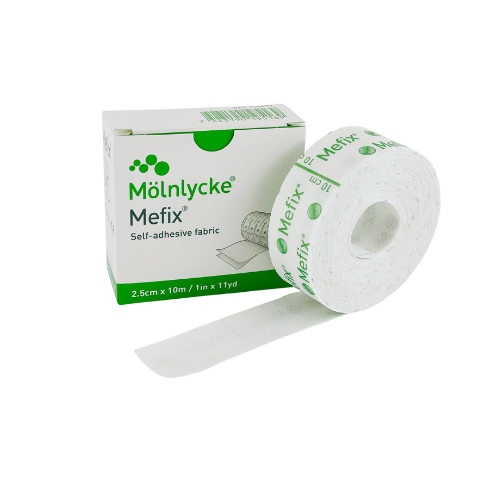Attachment parenting is often associated with nurturing close bonds, but what about the times when you need to create healthy space for yourself and your child? In today’s blog, we’ll explore how to set healthy boundaries that align with attachment parenting principles, helping you create a balanced, secure environment for both you and your child.
We’d love to hear your thoughts! Share your experiences in the comments or on social media.
Understanding Boundaries in Attachment Parenting
Contrary to what it may seem, setting boundaries isn’t about distancing yourself from your child. Instead, boundaries provide clarity, safety, and consistency. They are like a blueprint, helping your child understand expectations while giving you the space needed to recharge. Healthy boundaries foster trust and respect, enhancing your relationship while also nurturing your child’s growth.
The Self-Care Boundary Balance
While attachment parenting emphasizes closeness, it’s equally important to practice self-care. Taking time for yourself is essential to avoid burnout. Incorporate regular breaks into your routine—whether that’s watching a grown-up show, taking a relaxing bath, or enjoying a solo outing. Creating this space not only benefits your well-being but also sets an example for your child about the importance of self-care.
Tip: Routine exposure to other caregivers can help your child feel secure when you’re not around. This consistent interaction with others is crucial for their emotional development.
Setting Social Boundaries
Social interactions are vital for your child’s development, and teaching them to respect the personal space and boundaries of others is key. Discuss concepts like consent and politeness, helping your child understand that respecting others’ boundaries is just as important as asserting their own needs.
Example: Encourage your child to ask before hugging or touching others, and teach them to respond respectfully when others set their own boundaries.
Fostering Independence Through Boundaries
Attachment parenting doesn’t mean holding onto your child at all times. Fostering independence is a critical part of their growth. Gradually encouraging activities like independent play or self-soothing helps your child build confidence and autonomy, making them more secure in the long run.
Tip: Start by allowing your child short periods of solo playtime. As they grow, these moments will strengthen their ability to self-regulate and thrive independently.
Before You Go
We hope this guide has helped you understand how healthy boundaries can be a natural part of attachment parenting. If you want to learn more about sleep training, consulting, or any of our newborn care services, feel free to reach out. We are here to help you navigate the beautiful journey of parenthood!




